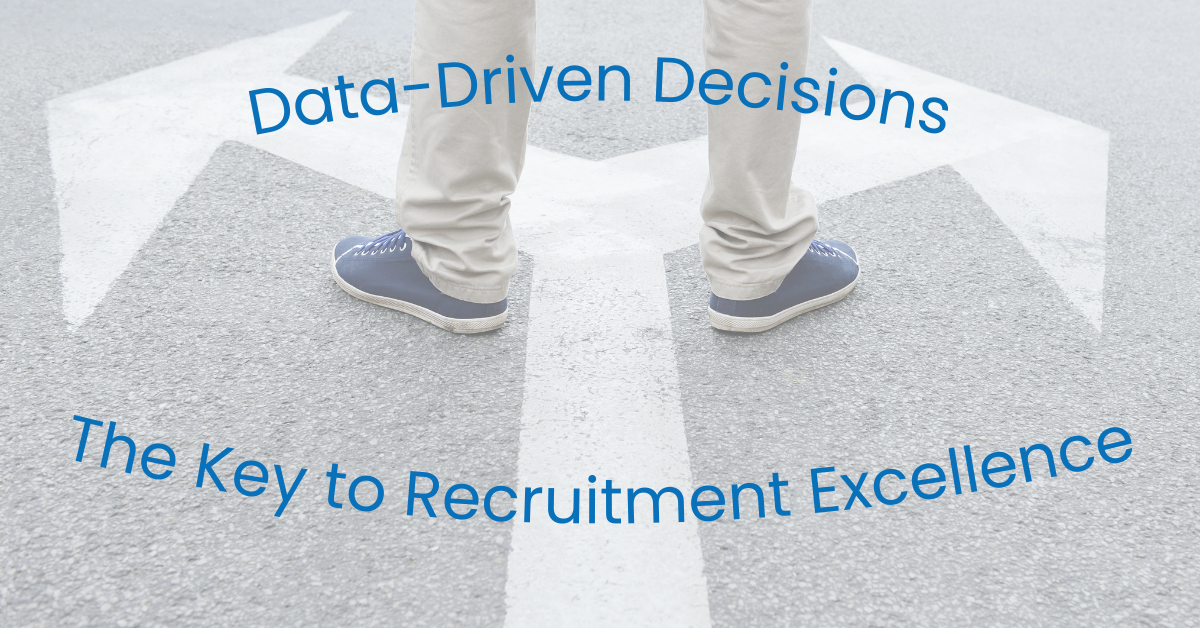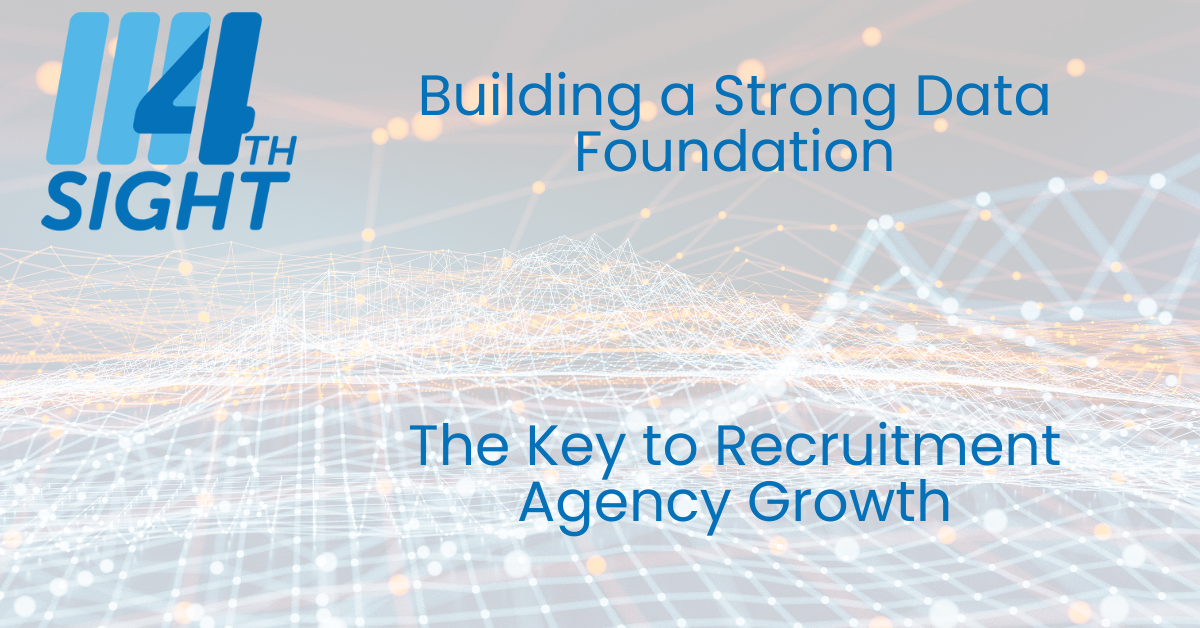How Leveraging Back-Office and Financial Data Can Give Your Agency a Competitive Edge
In today’s recruitment landscape, the ability to make informed, strategic decisions is what separates high-performing agencies from the rest. While much attention is given to front-end tools like Applicant Tracking Systems (ATS) to manage candidates, the real power often lies within the data that flows through your back-office operations—such as finance, payroll, and client billing.
By harnessing data from these critical areas, recruitment agencies can go beyond simply tracking placements and candidates. They can optimise operations, improve financial performance, and make smarter, faster decisions that directly impact business outcomes.
The result? A data-driven agency that is not only more efficient but also better positioned to adapt to market changes.
Why Data-Driven Decision Making Matters in Recruitment:
- Strategic Resource Allocation
Agencies that rely on intuition or anecdotal information to make decisions often struggle with inefficiencies. Data-driven decision-making enables recruitment leaders to allocate resources more effectively by understanding where the business is thriving or facing challenges. For example, analysing client profitability or team performance using real-time data allows agencies to focus their efforts where they generate the most value.
Leaders can quickly assess whether certain teams, markets, or clients are contributing more to the bottom line and make informed decisions about where to invest additional resources. This helps eliminate guesswork and ensures the agency’s strategy is aligned with measurable outcomes.
- Improved Financial Planning and Forecasting
One of the most significant challenges in recruitment is predicting future performance, especially when it comes to revenue forecasts, commission payouts, and staffing costs. Historically, building a reliable forecast involved a great deal of manual work—extracting data from disparate systems, analyzing it in spreadsheets, and updating it regularly.
With a data-driven approach, agencies can populate financial models directly from their existing data and refresh forecasts in real time. This capability transforms financial planning from a static, time-consuming task into a dynamic process that delivers timely insights, allowing recruitment businesses to react quickly to changing market conditions. As a result, agencies can adjust hiring targets, budgeting, and resource allocation proactively, rather than reactively.
- Enhanced Operational Efficiency
Efficiency is critical in recruitment, where operational costs can easily spiral out of control if not carefully managed. Data-driven decision-making plays a pivotal role in streamlining internal processes, especially in the back office. By automating repetitive tasks and eliminating manual data handling, agencies can significantly reduce the time spent on low-value activities, freeing up staff for more strategic work.
Whether it’s processing payroll, calculating commissions, or compiling reports, agencies that leverage real-time data to streamline these operations gain a substantial competitive advantage. Not only do they cut costs, but they also reduce the likelihood of errors and delays, leading to smoother operations and better overall business performance.
- Actionable Insights for Better Performance Management
The ability to track and measure performance metrics in real-time allows recruitment leaders to make adjustments on the fly. Data-driven decision-making empowers agencies to visualize their key performance indicators (KPIs) and analyze trends over time. Whether it’s monitoring candidate placements, client satisfaction, or financial health, the right insights enable better decision-making at all levels of the business.
For example, identifying trends in billing cycles or candidate retention can help agencies spot inefficiencies or opportunities for improvement. With a more comprehensive understanding of their business performance, leaders can make strategic decisions that optimise growth and profitability.
Data as a Competitive Advantage:
Recruitment is a highly competitive industry, and the agencies that succeed are those that use data as a strategic asset. A data-driven recruitment agency is not just reactive but proactive. It anticipates market shifts, manages operational challenges, and makes informed, strategic decisions based on real-time insights.
By centralising data from various systems—such as CRM, Timesheet, and Accounting—agencies gain a unified view of their business, allowing for more sophisticated analysis and quicker responses to changes in the market. This level of agility can be the difference between thriving and merely surviving in a competitive recruitment landscape.
Making Data-Driven Decisions Work for You:
To truly unlock the power of data-driven decision-making, recruitment agencies need to ensure their data is easily accessible and actionable. This involves breaking down data silos, automating data collection, and using tools that make it easy to visualise and interpret key insights.
4thSight is here to help you harness the full potential of your data and turn it into a strategic asset:
- Intelligent Automation streamlines your back-office operations, automating repetitive tasks such as commission calculations and month-end processes, so your team can focus on strategic activities.
- Forecasting provides accurate, real-time predictions by leveraging historical data, enabling you to plan and adapt quickly to changing market conditions.
- Cross System Insights offers a unified view of performance across CRM, Timesheet, and Accounting systems, allowing you to visualize key metrics and gain actionable insights without needing a dedicated BI team.
- Single Source of Truth consolidates all your data into a central repository, ensuring seamless integration, advanced reporting, and enhanced analysis capabilities.
By leveraging 4thSight’s solutions, recruitment agencies can improve efficiency, make informed strategic decisions, and gain a competitive edge in the market. Ready to transform your data?







